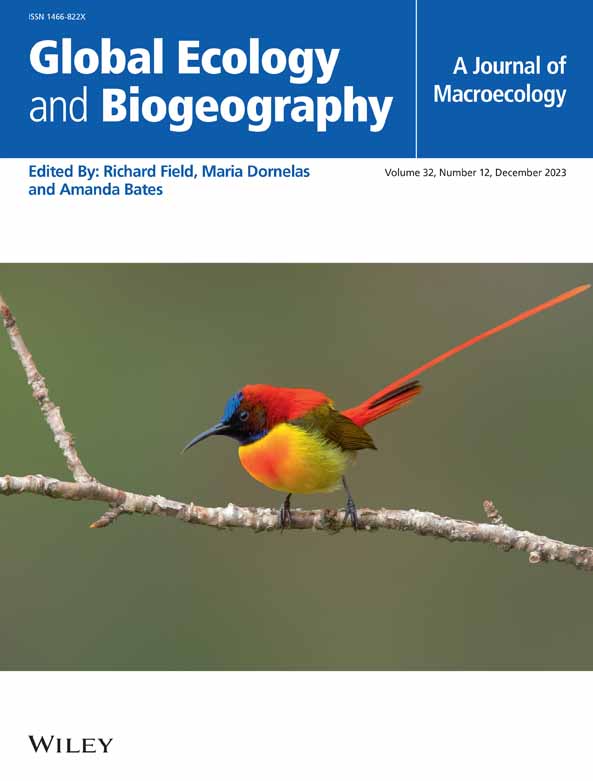Variations in Soil Available Nitrogen Rather Than Nitrogen Functional Gene Abundances Dominate Terrestrial Soil N2O Emissions Under Mineral Nitrogen Addition and Warming
Abstract
Aim
Nitrogen (N) deposition and climate warming are the two most important factors driving soil N2O emissions in terrestrial ecosystems. Both biotic and abiotic factors impact N cycling processes and functional gene abundances, but their global responses and patterns to mineral N addition and warming and the regulatory factors affecting N2O emissions remain unclear.
Location
Global.
Time Period
1986–2022.
Major Taxa Studied
Soil N2O emission, N functional gene abundances and edaphic factors.
Methods
We synthesised 5299 observations of soil N cycling processes, functional gene abundances and edaphic factors under mineral N addition and warming from 357 peer-reviewed publications worldwide.
Results
We showed that mineral N addition and warming increased soil N2O emissions by 199.9% and 32.4%, respectively. N functional gene abundances, potential nitrification and denitrification rates were less sensitive to warming, and the responses of N2O emissions and N functional gene abundances were independent of biome, N form and warming method. Changes in N cycling processes and functional gene abundances are related to climates, edaphic factors and experimental manipulations, and spatial heterogeneity in the response of N2O emissions and N functional gene abundances to N addition and warming has been observed across the world. There was no clear relationship between changes in soil N2O emissions and N functional gene abundances despite the positive correlation between N functional gene abundances and potential nitrification and denitrification rates, but soil N2O emissions increased with increasing soil available N under both N addition and warming. Our results suggest that abiotic factors are the key reason for N-induced changes in N2O emissions.
Main Conclusions
Our findings indicate that N addition and warming substantially affect soil N2O emissions and highlight the urgent need to incorporate key abiotic factors and temperature-driven microbial kinetics of soil N2O emissions into theoretical and modelling research for predicting global N2O emissions.

 求助内容:
求助内容: 应助结果提醒方式:
应助结果提醒方式:


